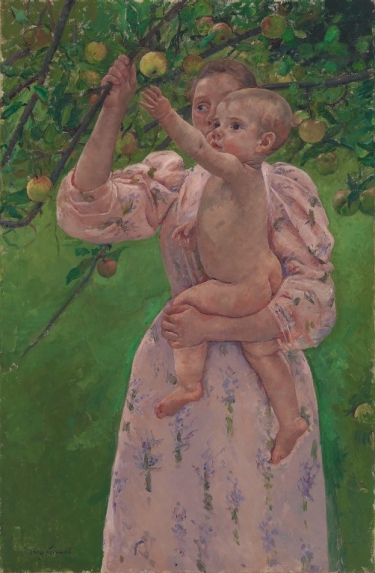The final impressionist exhibition in 1886 marked a turning point in Degas and Cassatt’s relationship. Although their friendship endured until his death, their interactions noticeably diminished as they began to move in different directions. Cassatt focused increasingly on depictions of mothers and children. The once energetic brushwork of her earlier impressionist paintings gave way to greater precision, and she developed a proclivity for bold colors and elaborate patterns. Degas’s art underwent a radical stylistic transformation as well. His compositions became increasingly simplified, his colors more vibrant, his paint handling broader and more expressive. He also devoted much of his energy to reworking earlier canvasses.

